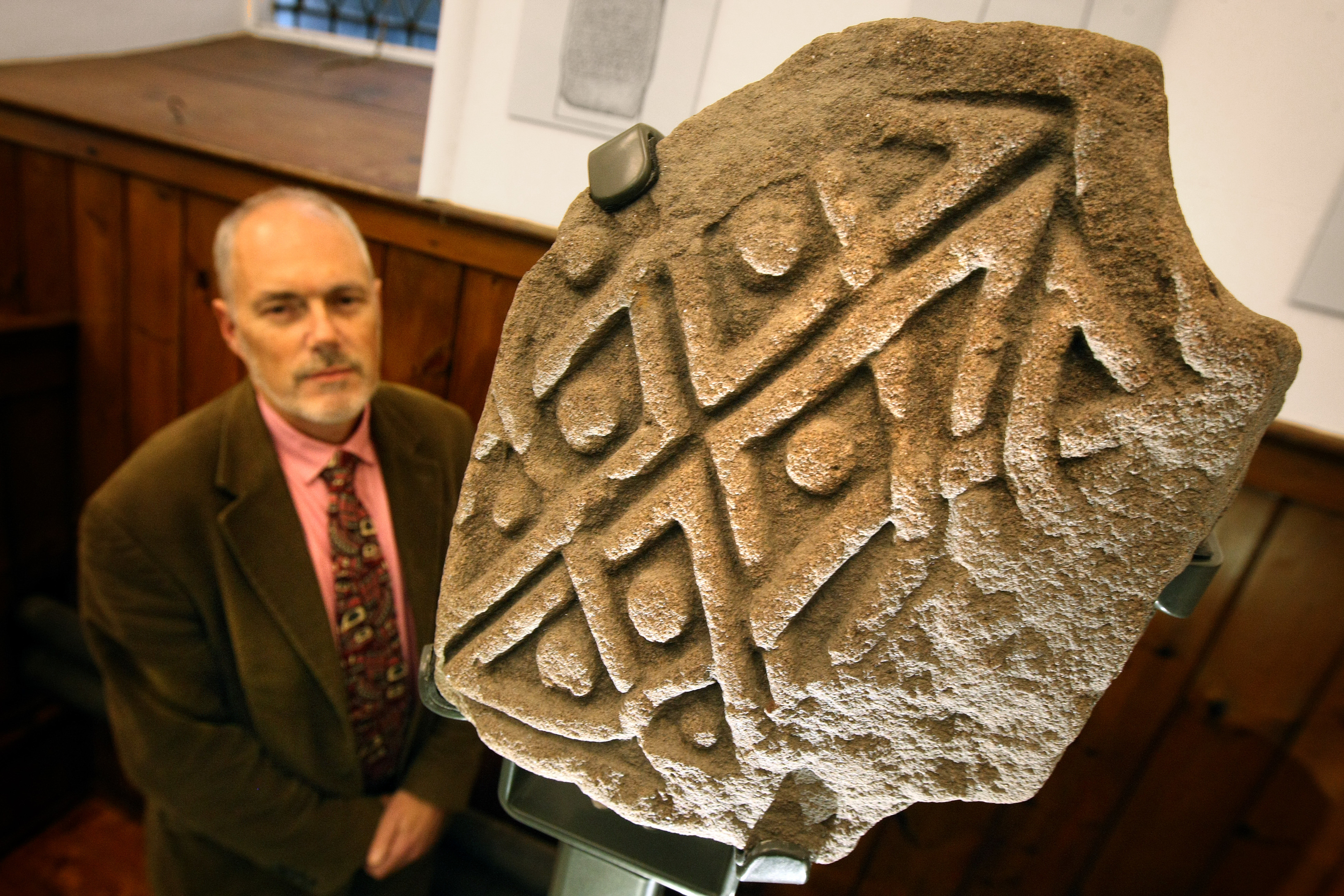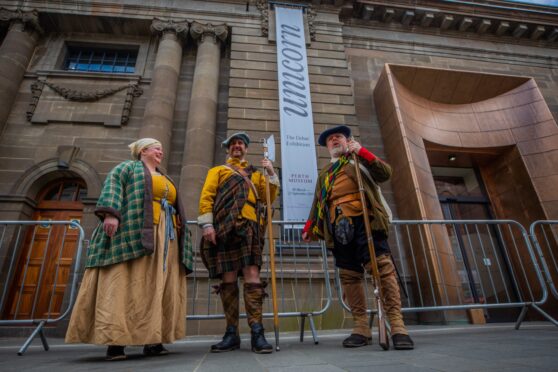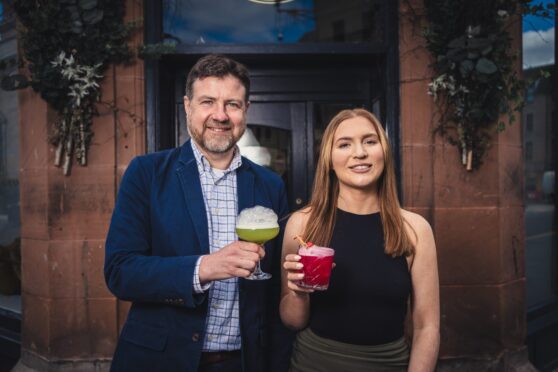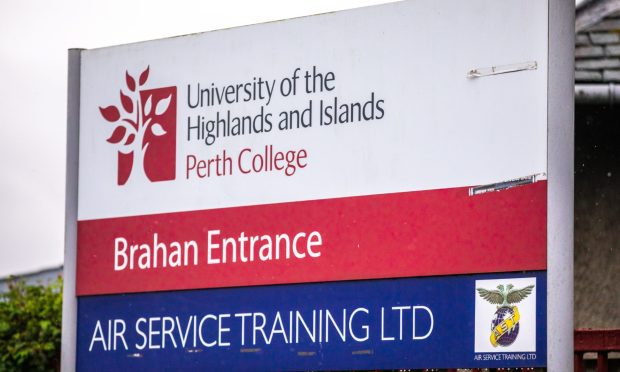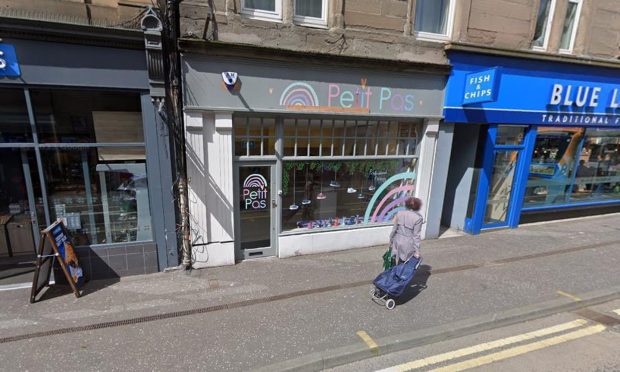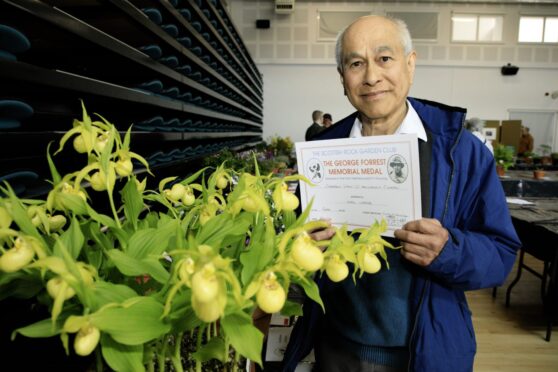Precious artefacts which link Perthshire to a royal Pictish dynasty have gone on display.
The Tay Landscape Partnership has been working with Forteviot Parish Church to conserve and restore several locally significant Pictish stones and a dedication service and unveiling was held in the church on Wednesday.
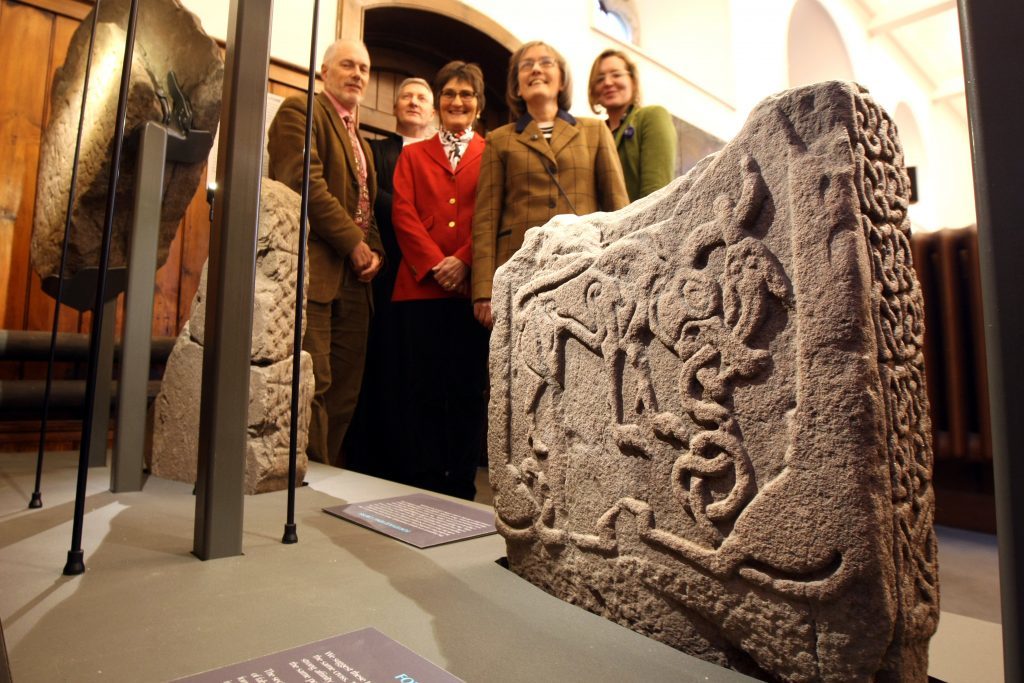
Recent work by Glasgow University’s SERF (Strathearn Environs and Royal Forteviot) Project has helped reveal Forteviot’s past as a major Pictish royal centre.
Forteviot was most important in the 8th century AD, when it was the seat of the dynasty founded by Cináed mac Alpín (Kenneth son of Alpin), whose descendants ruled Scotland until the 11th century.
Fragments of the Pictish carved stones, now displayed in the church, are from three separate crosses — The Invermay Cross, the Forteviot Cross and the Forteviot Ring Cross — and would have been important features for the local people.
Speaking at the dedication event Professor Stephen Driscoll of Glasgow University said: “The installation of this collection of Pictish sculpture in Forteviot Church is important both for what it reveals about Scotland’s past and what it says about the community’s present.
“It is rare for a community to possess such tangible evidence of its long-term history. In this remarkable case the link stretches some 1,200 years back to when Forteviot was the epicentre of a youthful kingdom of Scotland.
“Although the pieces that survive here are fragmented, the high quality of a sculpture is evident and characteristic of Pictish royal patronage.
“The care and attention given to these relics of Forteviot’s heroic age is to be celebrated for what it says about the health of the community and the wider institutional support from Perth and Kinross Heritage Trust, Historic Environment Scotland and the University of Glasgow. ”
Sophie Nicol, historic environment officer with the Tay Landscape Partnership, added: “The return of the Pictish stone fragments to Forteviot Church in their new display is fantastic to see and it’s been a great project to help deliver.
“The community of Forteviot and surrounding area are really proud of their ancient roots and it’s been a pleasure to work with them in securing the stones for years to come.“
Also part of the display is the Forteviot Handbell, a rare surviving cast bronze handbell, typical of the Irish and Pictish churches of the 9th and 10th centuries. Important for time-keeping their sound was thought to ward off evil.
